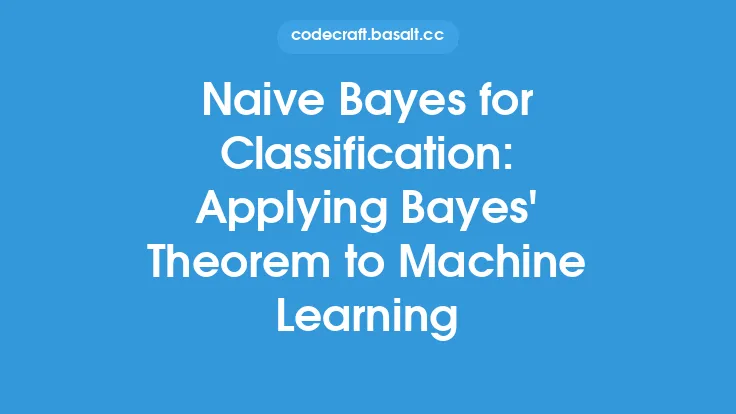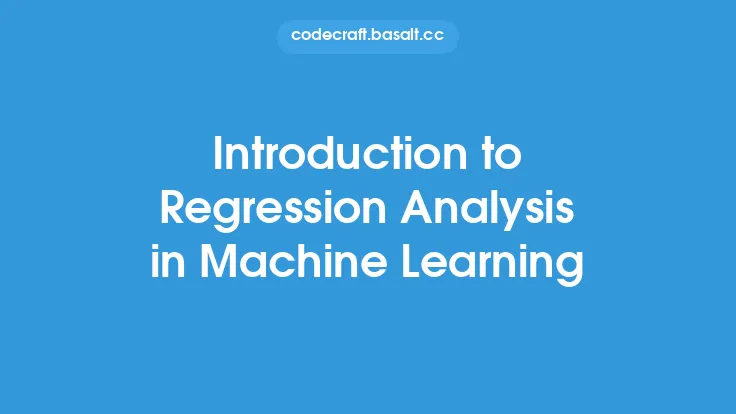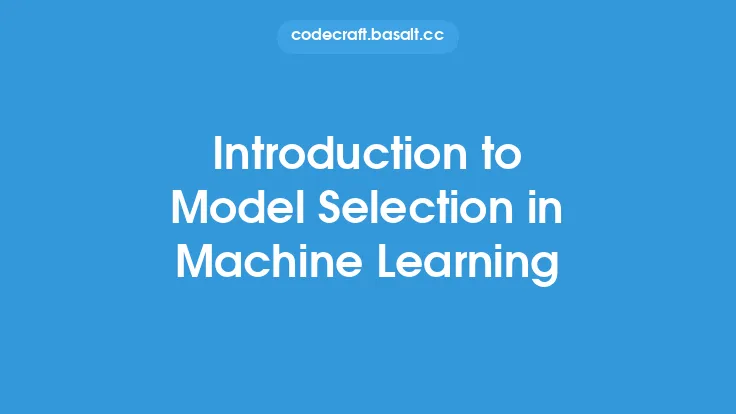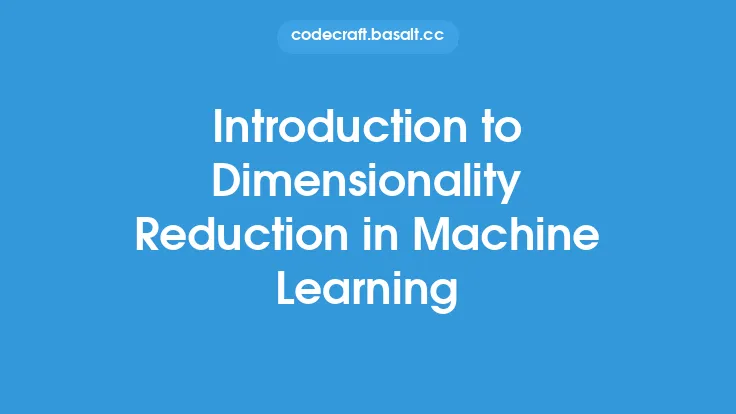Machine learning, a subset of artificial intelligence, has revolutionized the way we approach data analysis and prediction. At the heart of machine learning lies a fundamental concept: classification. Classification algorithms are designed to categorize data into distinct groups or classes based on their characteristics. These algorithms are crucial in various applications, including image recognition, speech recognition, sentiment analysis, and medical diagnosis. In this article, we will delve into the world of classification algorithms, exploring their types, applications, and the underlying principles that make them work.
What are Classification Algorithms?
Classification algorithms are a type of supervised learning algorithm, which means they are trained on labeled data. The primary goal of these algorithms is to learn from the labeled data and make predictions on new, unseen data. The process involves training a model on a dataset, where each example is associated with a target label or class. The model then uses this training to predict the class of new examples. Classification algorithms can be broadly categorized into binary classification, where the goal is to predict one of two classes, and multi-class classification, where the goal is to predict one of multiple classes.
Types of Classification Algorithms
There are numerous classification algorithms, each with its strengths and weaknesses. Some of the most commonly used algorithms include:
- Logistic Regression: A linear model for binary classification problems.
- Decision Trees: A simple, interpretable model that uses a tree-like structure to classify data.
- Random Forests: An ensemble method that combines multiple decision trees to improve the accuracy and robustness of predictions.
- Support Vector Machines (SVMs): A powerful algorithm that aims to find the hyperplane that maximally separates the classes in the feature space.
- K-Nearest Neighbors (KNN): A simple algorithm that predicts the class of a new example based on the majority vote of its k nearest neighbors.
- Naive Bayes: A family of probabilistic algorithms based on Bayes' theorem, which are particularly useful for text classification problems.
How Classification Algorithms Work
The process of using a classification algorithm involves several steps:
- Data Preprocessing: Cleaning, transforming, and preparing the data for training.
- Model Selection: Choosing the appropriate classification algorithm based on the problem and data characteristics.
- Training: Using the labeled dataset to train the model.
- Evaluation: Assessing the performance of the model on a test dataset.
- Hyperparameter Tuning: Adjusting the model's parameters to optimize its performance.
- Prediction: Using the trained model to make predictions on new data.
Applications of Classification Algorithms
Classification algorithms have a wide range of applications across various industries:
- Image Recognition: Classifying images into different categories, such as objects, scenes, or activities.
- Speech Recognition: Identifying spoken words and phrases to perform actions or provide information.
- Sentiment Analysis: Determining the sentiment or emotional tone behind text data, such as customer reviews or social media posts.
- Medical Diagnosis: Classifying medical images or patient data to diagnose diseases or predict patient outcomes.
- Customer Segmentation: Segmenting customers based on their behavior, preferences, or demographic characteristics to tailor marketing strategies.
Challenges in Classification
Despite the power and versatility of classification algorithms, there are several challenges that practitioners face:
- Class Imbalance: Dealing with datasets where one class has a significantly larger number of instances than the others.
- Feature Selection: Choosing the most relevant features or variables that contribute to the classification task.
- Overfitting: Preventing the model from becoming too complex and fitting the noise in the training data.
- Interpretability: Understanding and explaining the predictions made by complex models.
Future of Classification Algorithms
The field of classification algorithms is continuously evolving, with new techniques and methodologies being developed to address the challenges and limitations of current algorithms. Some of the emerging trends include:
- Deep Learning: Using neural networks to learn complex patterns in data and improve classification accuracy.
- Transfer Learning: Leveraging pre-trained models and fine-tuning them for specific classification tasks.
- Explainable AI: Developing techniques to provide insights into the decision-making process of classification models.
Conclusion
Classification algorithms are a fundamental component of machine learning, enabling us to extract insights and make predictions from complex data. Understanding the principles, types, and applications of these algorithms is crucial for practitioners and researchers alike. As the field continues to evolve, addressing the challenges and leveraging the opportunities presented by new technologies will be key to advancing the state-of-the-art in classification algorithms. Whether you are a beginner looking to dive into the world of machine learning or an experienced professional seeking to refine your skills, classification algorithms offer a rich and rewarding area of study and application.





